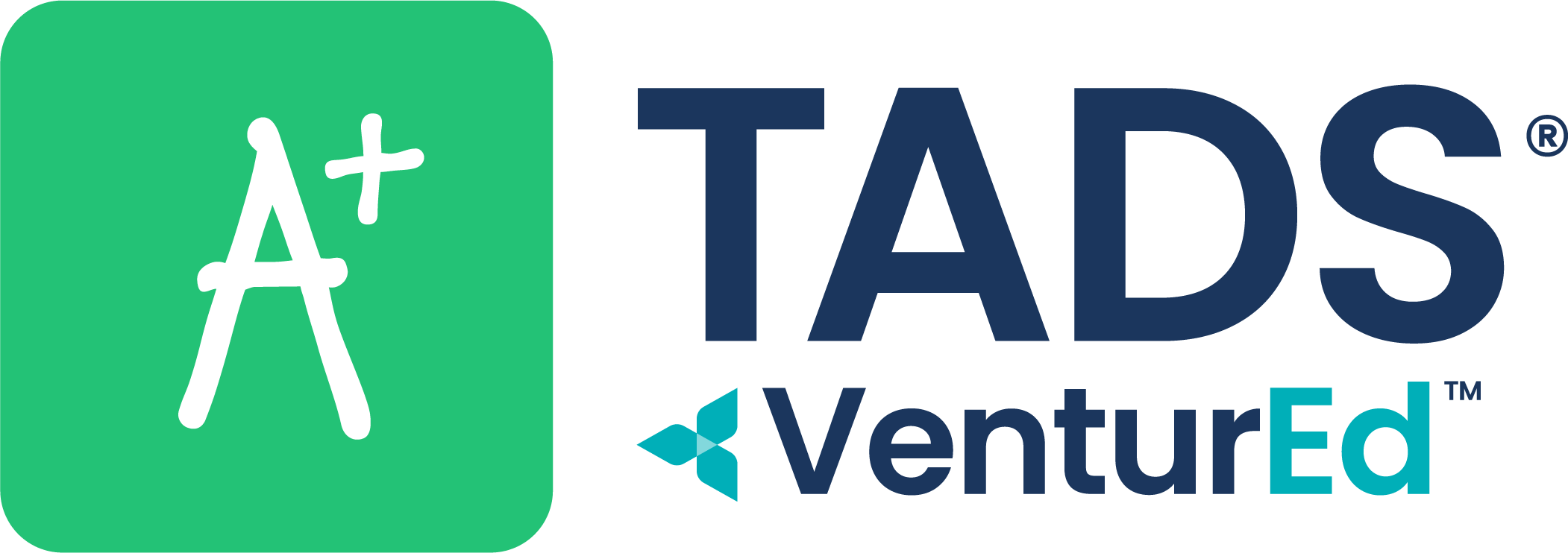
Demand for private K–12 education is on the rise, with many schools seeing record interest from prospective families. In fact, nearly 40% of Catholic schools now report having waitlists for admission, according to the National Catholic Educational Association (NCEA Data Brief, 2023–2024). With availability tightening, now is the time for schools to not only attract new families but also strengthen their retention efforts by addressing the hesitations that often keep parents from moving forward with enrollment.
Deciding where to send a child to school is one of the most personal and high-stakes decisions a family can make. For many parents, the idea of a private school education holds undeniable appeal—small class sizes, rigorous academics, safe environments, and values-driven communities. But as compelling as those benefits may be, they are often met with hesitation. Questions around affordability, academic pressure, and whether their child will “fit in” can quickly become roadblocks.
These concerns aren’t just common—they’re deeply human. Understanding them is the first step. Addressing them with clarity, empathy, and real solutions is how schools can build trust and ensure that mission-aligned families don’t miss out on a transformative education.
This post explores three common reasons families hesitate when considering private K–12 schools—and offers ways your school can respond, reassure, and reframe those concerns into confidence.
Understanding Academic Concerns: Is Private School Too Rigorous?
One of the most frequently voiced worries by prospective families is that private schools may be too academically intense. Parents may worry their child could struggle to keep up, especially if they’ve had challenges in a previous school or learn differently. There’s also a lingering perception that private education prioritizes pressure over support.
To counter this concern, schools can emphasize that academic excellence today isn’t about rigid standards—it’s about personalized learning. Reassure families that private schools are uniquely equipped to meet students where they are, with low student-to-teacher ratios, robust support systems, and differentiated instruction that nurtures individual growth.
It’s also helpful to share outcomes: graduation and college acceptance rates, specialized academic pathways, or honors programs can illustrate achievement. But just as powerful are real stories. Tell the story of a student who once struggled with math but, thanks to targeted support and teacher encouragement, now excels. When academic strength is framed as a journey rather than a fixed standard, families can begin to envision their child succeeding in your private K-12 school environment.
Addressing the “Fit” Question: Will My Child Belong Here?
Even if a family feels confident in your academics, the question of social fit often lingers: Will my child feel accepted here? This concern may stem from past experiences or from uncertainty about whether the school culture reflects their family’s values or background. For some, it’s a concern about socioeconomic status; for others, it’s about cultural diversity, religious alignment, or simply social inclusion.
This is where your school’s culture and community can shine through—not just in your mission statement, but in the lived experiences of students and families. Help prospective parents picture what daily life looks like: Are students engaged in group projects, collaborating across grade levels, or participating in a wide range of clubs and extracurriculars? Are there affinity groups, buddy programs, or support systems that ensure all students feel seen and included?
It’s not enough to claim inclusivity—families need to see it in action. Showcase photos and testimonials that reflect the diversity of your student body and the many ways students can connect, lead, and contribute. If your school has taken steps to expand its commitment to belonging—through professional development, parent engagement, or new programming—be transparent about that progress. Sharing the story of a student who found a home in your community after transferring from another school can be especially reassuring for families still deciding if they belong.
Navigating the Financial Barrier: Is Private School Even Possible for Us?
Financial concerns are one of the most persistent barriers families face when considering private education. The sticker price alone can lead many to assume they won’t qualify for assistance—or that they would be judged for needing it.
This is why early, transparent, and welcoming communication about tuition assistance is so critical. Schools should make it clear from the very beginning of the inquiry process that affordability is a shared priority. Offer easy-to-understand explanations of how aid is awarded, what ranges of support are common, and how families can estimate their contribution.
To streamline and strengthen this process, many schools rely on the integration between School and Student Services (SSS) and TADS. Together, these platforms ensure a seamless and secure financial aid experience—for both families and school administrators. While SSS provides schools with verified financial data to guide award decisions, TADS supports tuition management and billing, ensuring that awards are clearly communicated, tracked, and applied. This integration helps remove administrative friction and ensures that financial aid decisions are made fairly, consistently, and with full confidence in the data.
It’s important to frame financial aid as a partnership, not a favor. When families understand that your school is committed to making education accessible and has systems in place to support a wide range of incomes, the path forward becomes much clearer. Reinforce that applying for assistance is not only common—but encouraged. This helps remove stigma and empowers families to take the next step.
Again, real-life examples matter. Feature a family who initially thought private school was out of reach until they discovered tuition assistance. Share how their child is now thriving—and how their presence has enriched the school community. These narratives normalize aid and illustrate how financial barriers can be overcome through a strong school-family relationship.
The Admissions Team’s Role: Responding with Empathy and Confidence
Admissions professionals are often the first people prospective families interact with—and their approach can make or break the relationship. In many cases, the person on the other end of the phone or email isn’t just looking for logistical answers; they’re looking for reassurance.
Equip your admissions team not only with information, but with the emotional intelligence to listen, affirm, and guide. Train them to recognize when a question is really a concern in disguise—and to respond in a way that builds trust rather than rushing to solve.
An admissions officer who says, “That’s a common question, and here’s how we support families like yours,” is far more effective than one who rattles off a policy. This approach turns objections into conversations and makes families feel seen. Even if they decide not to enroll, they’ll remember how your team made them feel—respected, included, and understood.
Stories That Shift Perspectives
Ultimately, what convinces hesitant families to apply isn’t a brochure or checklist—it’s a story. Data builds credibility, but stories build connection. They allow parents to see themselves—and their children—in your school.
Make time to gather these stories. Interview current parents about what held them back initially—and what changed their minds. Ask students how they’ve grown since enrolling. Use these stories in open house materials, digital campaigns, and one-on-one conversations.
The more authentic the story, the more likely it is to resonate with a family facing similar fears. And the more stories you have, the stronger your case becomes that your school isn’t just an option—it’s the right fit.
It’s completely normal for families to hesitate before choosing a private K–12 school. The stakes are high. But hesitation is not the same as rejection—it’s a doorway. Schools that respond with empathy, transparency, and stories of real impact can help families walk through that door with confidence.
With nearly 40% of Catholic schools facing waitlists, the competition is real—but so is the opportunity. By understanding families’ concerns, addressing them head-on, and showcasing the strength of your school’s support systems, you not only boost enrollment—you build long-term trust and belonging.
Learn more to help boost your retention efforts today with a demo from our team!
